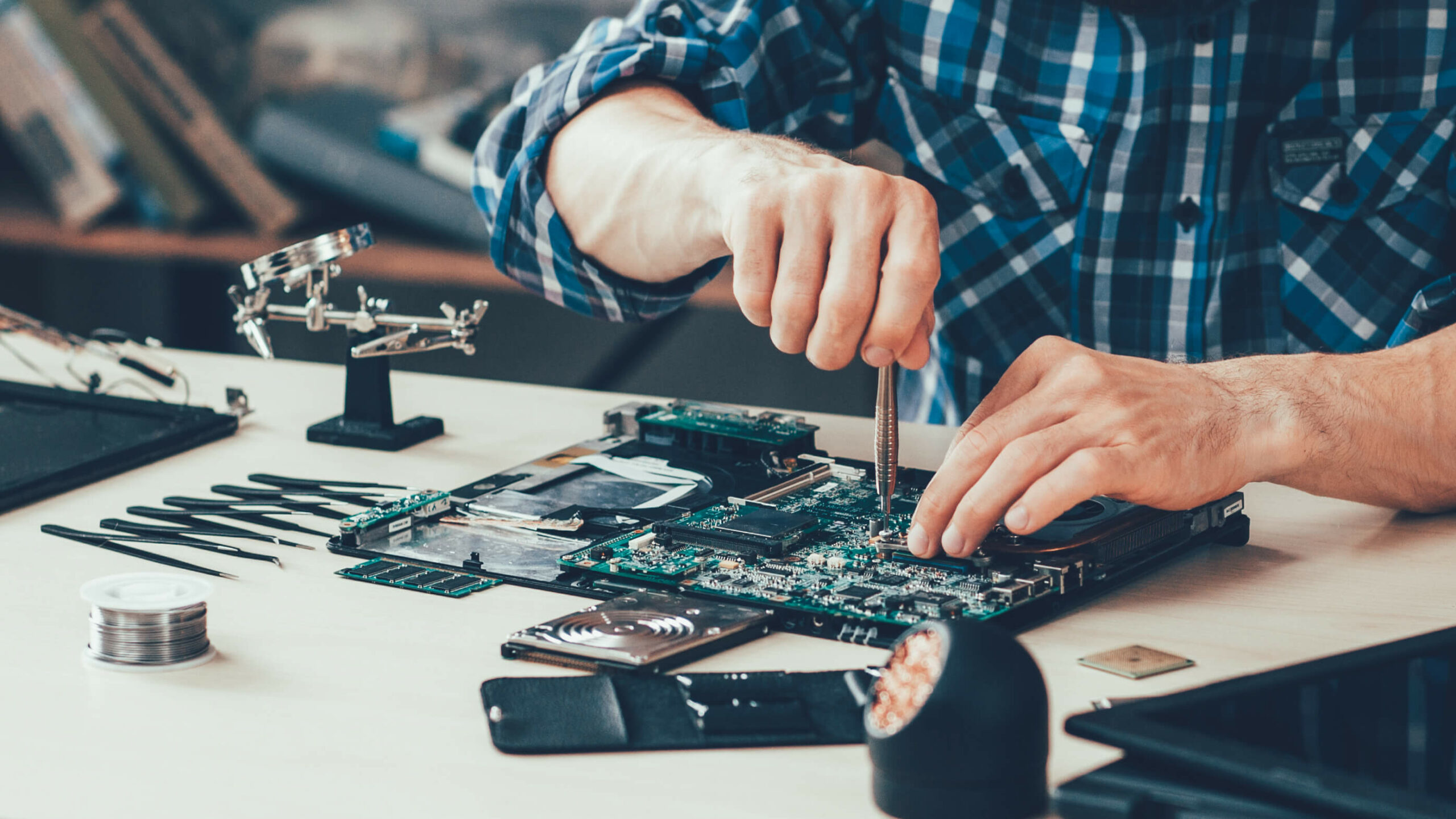Circuit technology and EMC
Overall Course Objectives
– To enable the student to select components for the realization of circuits according to applicable electrical, thermal, mechanical, environmental and production technological requirements.
– To introduce the student to the practical considerations to be taken into account when designing EMC-compliant Power Electronics and similar circuits.
– To provide a basic knowledge about the EMC Directive and Standards and to enable the student to perform basic EMC-measurements.
Learning Objectives
- design PCB tracks according to voltage drop, temperature rise and shortcircuit conditions
- recall the individual steps in an industrial PCB manufacturing process
- determine parasitic components for resistors, capacitors, inductors and PCB tracks using the component datasheet
- select components to a given application in order to satisfy the applications specifications
- identify noise sources in circuits and compute the accumulated noise level on the output
- compute the electrical drift of a circuit as a function og temperature and time
- model and calculate thermal radiation, conduction and convection for simple geometries
- explain basic EMC phenomena and definitions
- identify noise sources and coupling mechanisms
- calculate EMC filters
- apply the EMC Directive and Standards
- apply EMC test procedures
Course Content
PCB technology:
– materials and properties.
– design rules for PCB layout, according to temperature, shortcircuit and safety distances.
Components:
– selection of components for a specified application.
– resistors: types and materials, parameter drift noise and derating.
– capacitors: dielectrics, models with parasitic components.
– inductors: models with parasitic components
– estimating the parasitic components from datasheets and applications.
– Film/paper capacitors, ceramic capacitors, Class I, II, III.
– Electrolytic capacitors, derating.
Thermal design:
– heat conduction, convection and radiation.
– Design of cooling fins, max. junction temperature.
– Heat capacity and thermal equivalent circuits for thermal systems (PSPICE)
EMC:
– EMC Phenomena and Basic Definitions
– Noise Sources
– Interference Coupling Mechanisms
– EMC-components
– PCB-design
– Filtering
– Shielding
– Mechanical Design
– Principles for Grounding
– The EMC Directive and Standards
– EMC Test Procedures
– Practical Trouble Shooting
Recommended prerequisites
31037/31036/31350/31351/31352, Basic knowledge of electronics, such as Ohms law, Kirchhoffs rules, Fourier, LaPlace, electric components, electromagnetism and analog and / or digital electrical circuits
Teaching Method
Classroom teaching, project and laboratory work
Faculty
Remarks
Projects:
Noise, thermal drift project
PCB layout (minimize EMC) project
EMC filter design test and verification, lab project
Analog power supply thermal project
DTU Diplom Elteknologi (100) Elektroteknologi: 4.Semester
E-learning is used in the form of an interactive quiz.
Limited number of seats
Minimum: 10.
Please be aware that this course will only be held if the required minimum number of participants is met. You will be informed 8 days before the start of the course, whether the course will be held.



